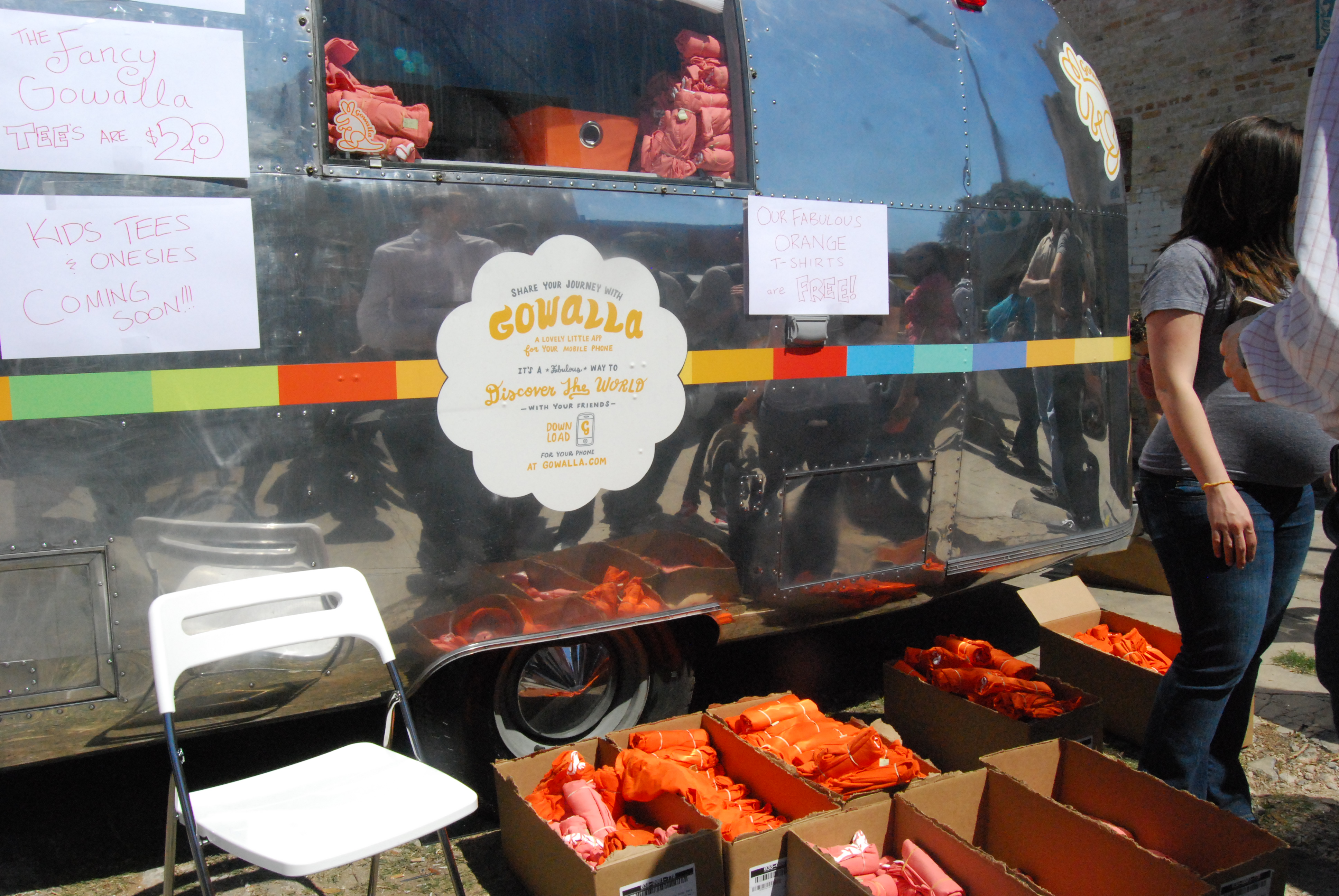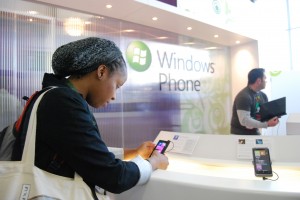
After having a relatively relaxed morning at our hotel, we went to the convention center and checked out a few of the corporate lounges. AOL- tootsie rolls, mini M & Ms and caramels. Microsoft- ASUS tablet (no they were not giving them away- the things cost over $1000). Many Windows 7 phones. And I have to say, it is a great interface. Fast and responsive, looks great. I wonder if only the prototypes are like this, this has not always been my experience with Windows.
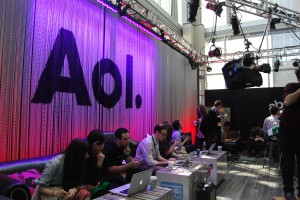
Next we walked over to the popup Apple store in downtown Austin to see the new ipads. The store was not open yet, but there was a mighty long line of eager early adopters waiting for their chance to plunk down their cash.
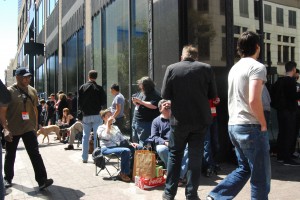

Gowalla had a cool airstream trailer parked a couple of blocks from the convention center. They were giving away tees, tacos and passports. Thank you Gowalla, I skipped lunch after eating 2 of your delicious tacos (though I am a foursquare loyalist).
My first panel was Programming and Minimalism with Jon Dahl of Zencoder. He drew parallels between coding and other forms, music and engineering as well as writing, quoting Orwell’s “Politics and the English Language”. Good programming is clear direct writing- yes I agree with that. “Programming is defining complex processes in a precise way. Programming isn’t necessarily about computers, its just where our programs live nowâ€. He spoke about the importance of style, and traced cycles that moved between simplicity and complexity in rock music. He ended with a set of principles for writing code that was based on principles defined in the Orwell essay. Great start to my SXSW panel experience.
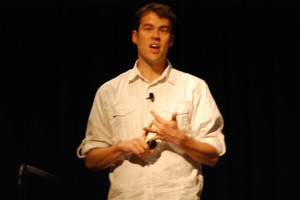
Next I ran to one of the Hilton’s where many of the education panels are running. First I went to Child’s Play: Game Design as an Educational Gateway. The panelists made presentations about their work building curriculum that incorporate game design for children as part of STEM (science, technology engineering and math) education. After a plea for creating games for the sake of games “We need to be creating all kinds of games and not apologizing for them†Colleen Macklin outlined the work she has done with Activate, a web based project that teaches children game design as well as developing awareness of green practices. The project was deployed at a workshop at the Dandelion Middle School in Beijing. Macklin outlined the learning goals of the project, stressing the importance of teaching the students systems literacy and the iterative design process.
Michael Angst gave an overview of E-Line Media’s Gamestar Mechanic, an on-line game that lets children “level up from player to designerâ€. He described Gamestar Mechanic as a game-based digital learning platform that teaches the importance of systems learning, as well as critical thinking and problem solving.
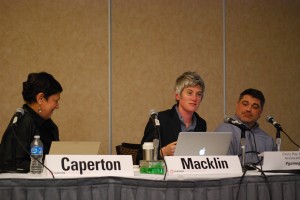
This panel was interesting, but I also wanted to go to The Potential of Augmented Reality for Education which was luckily in the next room.Tish Shute of the blog Ugotrade described Augmented Reality as “mobile, local and personal. It puts people at the center of their data.†She also discussed the difficulty of making invisible data visible.
Brendan Scully of metaio outlined some of the open source tools available to work with AR before he gave an overview of the work his company has done. Scully described AR as “glue for digital objectsâ€, an apt description. He described the importance of developing augmented literacy, and suggested that 3D modeling should be taught to children in elementary schools. Karen Hamilton of George Brown College discussed the difficulties of integrating technologies into the classroom, particularly getting faculty to buy in. She also talked about ways to harness the technology students bring to the classroom in a time of budgetary constraints, using QR codes or mobile apps such as Foursquare.
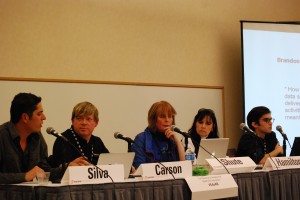
I finished the day with Interactive Comics: Techniques to Enhance Math Education with John Baird. This was an entertaining and informative overview of comics in education as well as many particulars about how he uses comics to teach Math with his project Create a Comic Project.
Baird referenced works such as Maus that have been integrated into history curricula. He described his approach in the Create a Comic Project, where he gives students templates of drawings and panels, and the students write the dialog. His project is an extension of the math writing movement, where students participate in such projects as writing math journals that are reviewed by their teacher. Baird also reviewed what comic material is available currently about math, such as Logicomix and the Essential Math Series of the AIMS Educational Foundation. He outlined approaches for using comics as both passive and interactive learning tools.
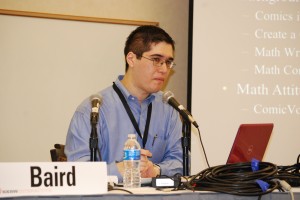
Parties! Heard Pains of Being Pure at Heart at the Sapient Nitro party. We danced- we ate party food! Then we had Korean bbq tacos from a food truck. Party at Mohawk, also great. And it was my birthday!
